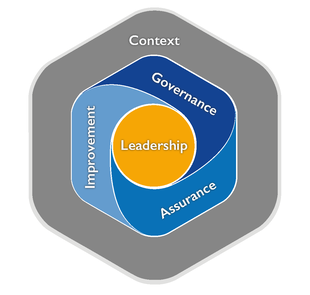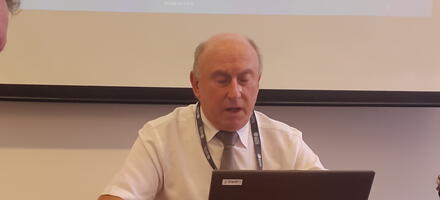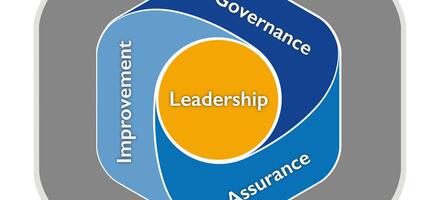
Solving problems with the CQI Competency Framework
Progress indicator

Brian Rutter, CQP FCQI, formerly Systems Interface Engineering Manager at Ford Motor Company, explores how the CQI’s Competency Framework can encourage innovative solutions.
The worlds of commerce, engineering, politics and society have never been as fluid as they are today. Every business leader is seeking to make their business unique in the services and products they offer to customers, whether the consumers are buying for themselves or for the organisation they represent.
Furthermore, with greater focus on managing costs, reputation and agility, successful businesses need to add customer value, potentially creating new markets against changing needs while managing risks.
For success and sustainability, future business plans can no longer rely on the continual success of past products. Delivering new customer opportunities can also challenge current business processes since solutions may demand the redefinition of the management team and the integration or adoption of new technology. Redefining the management team, the business’ structure, responsibilities, objectives – particularly in well established companies – could lead to cultural resistance as human beings can be uncomfortable with change. New markets, new products and services can also create a strong sense of risk. However, risks can create great rewards if there is a deep understanding of the opportunity in terms of the context and customer.
The CQI’s Competency Framework supports innovation. The principles of knowing context, governance, assurance, improvement and leadership are critical. These key areas should be well defined, with strong evidence-based decisions. The Competency Framework can also strengthen the Know-Make Framework, an innovation development model established by Professor Vijay Kumar of Ohio State University in the US, and discussed the model in depth in his book 101 Design Methods: A Structured Approach for Driving Innovation in your Organisation.
The Know-Make Framework (below) is applied once a customer opportunity has been identified and a problem statement has been defined, described as the ‘Sense Intent’. The left-hand quadrants are associated with gaining knowledge (knowing) and the right-hand ones are focused on finding solutions (making) based on the knowledge. The journey from user research to product solution is not linear with a gateway between each quadrant, but continual checks ensure the solution development is always focused on adding value for the consumer.
The Competency Framework encourages strong management practices
Critical to successful innovation is the need to define context to gain a deep understanding of the customer and the potential opportunities, and to also define governance so that it is understood by the stakeholders.
The final innovative solutions to a problem should be judged using the original attributes established when identifying opportunities. Decisionscan beassured, solutions confirmed, and risks identified against these original criteria and the needs of the organisation.
The data generated during the innovation development will also create a great deal of knowledge, which if documented thoroughly can be a great resource for continuous improvement.
Finally, innovation requires leadership that encourages, nurtures and develops individuals and teams to take risks, learn from mistakes, and empowers responsibility to make decisions. Leaders in this environment become facilitators, guides, mentors and coaches ensuring optimal solutions are implemented with the necessary resources.
The Competency Framework encourages strong management practices that fully support innovative solutions, which by their very nature challenge or redefine future products and services. The framework is a means of ensuring the customer, the business and the solutions are all managed to maintain a successful and sustainable business future.
About the author: Brian Rutter, CQP FCQI, is an Industrial Research Fellow at the University of Bath, and formerly Systems Interface Engineering Manager at Ford Motor Company.
The Profession Map

Your route to success - equipping modern quality leaders to meet evolving business demands.

